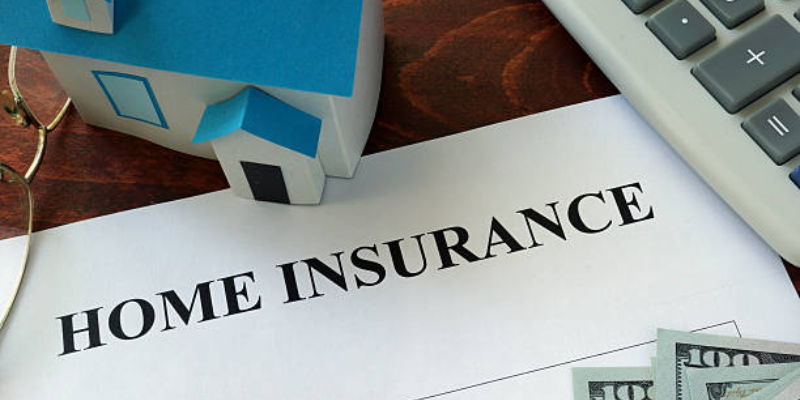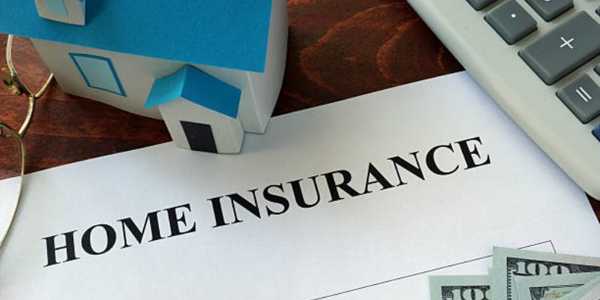Do You Need Flood Insurance? A Homeowner’s Guide
Let’s get directly into something that isn’t the most interesting, but needs your attention anyways—flood insurance. If you are reading this guide, I presume you are wondering whether you should get it for your house or not. Well, let me tell you one thing, I hope you are ready, because I am here to explain it in a simple way that is as entertaining as it is informative.
Insurance Coverage for Flood
To begin with, let us have some conversation regarding flood risks. One would most assuredly believe that floods happen only in specified places like by a riverbank or beaches, but flooding can take place anywhere. New studies suggest that even low-risk areas have been impacted by unexpected flooding due to new urbanization and growth in weather changes. So, irrespective of where your house is situated, it has become imperative to understand your exposure to flooding.

Floods can stem from many different causes like heavy rains, storm surges, melting snow, and dam failures among other things. Each of these has its own challenges and possible damage. For example, coastal regions suffer from hurricanes and tidal surges while the interior can experience flash floods due to sudden torrential rains. Understanding what types of flood risks your locality have helps determine whether flood insurance is a sensible option.
What is Water Damage (Flood) Insurance?
Now that we have discussed the basics of flood risks, let us delve into the nuances of flood insurance. Flood insurance provides coverage for damage to your property caused by flooding. Standard Homeowner's policies have a general exclusion regarding floods, but a separate water-related disaster insurance policy provides peace of mind that your asset is protected.
There are two primary forms of flood insurance: policies offered by the National Flood Insurance Program and private flood insurance obtained directly from commercial insurers. These policies are similar in coverage, but vary in their cost structures, deductibles, and exclusions. It is important what you are paying for, so it is better to look into both.
Costs comparisons and coverage alternatives
In most cases, when people are asked about flood insurance, a common question that follows is “What is the cost?”. The answer, however, is a lot more complicated than that because various constituents like place, type of building, level of coverage and deductible options have to be considered. In average, premiums set by NFIP are between $700-$1200, while private insurance is able to use other means to offer lower prices in certain cases.
Besides price, coverage provisions are also a critical part that need to be analyzed. Most private and NFIP providers use form cover perils, but how they add on to the basic protections with riders differs a lot. For instance, private personal property plans usually exceed the limits set by NFIP guidelines for their plans allowing them to charge higher premiums.
Lastly, it is advisable to check for waiting periods too since new applications usually come with a requirement of 30 days notice, meaning that urgent requirements won’t be satisfied immediately after registration.

Not Having Flood Insurance Can Have Consequence
If you do not get flood insurance and calamity occurs, disaster rest assured has dire consequences. In the case of a disaster without coverage, the amount of money that is needed to be recovered becomes almost impossible to achieve. Federal aid programs are not loans where the best you can hope for is repayment rather than actually covering the loss. Regardless of which side you stand on, loans only make getting out of the event more challenging.
Selling assets and shifting to high interest credit cards just to get money to pay off bills is something that Uninsured homes do end up doing. Even though rebuilding one's finances seems like a good idea in the present, the long term returns do not add up. All things considered, saving and expenses is a delicate balance that needs to be strained at the time of getting flood policies.
Balance the Pro’s and Con’s
At the end of the day, deciding against buying flood insurance falls down to analyzing each person’s needs and valuing the pros which can be obtained while purchasing one. Consider factors like the infrastructure already in place that can spawn new future occurrences or the budget set that can meet the previous reasonable standards mention above.
Always remember, information helps us tremendously to make better decisions in protection obstacles of value to assure better outcomes ahead while dealing with issues beyond our limits. So take time, research, and seek help from experts in certain fields when reaching conclusions feels fine with respecting personal boundaries and morals.
The Insurance is Not Enough
Even though flood insurance is accompanied with vital importance, always being ready for what can come in addition is equally as important. It is the combination of elevating critical utility systems, reinforcing the foundation, installing sump pumps, maintaining drainage systems, preparing emergency bags, and the cooperation of other local authorities that can ensure higher levels of security and greater exposure to the regional firearm sets that work towards greatly enhancing the readiness levels of the entire community while working towards fostering a spirit of resilience amongst the neighbors.

Making Sure That We Move Ahead Confidently
To conclude today’s session, I hope this report has helped clear up the most salient issues that capsize prospective buyers’ understanding regarding owners insurance. As a reminder, making informed choices today protects you in the future which provides you with the sense of security needed to enjoy life to its fullest without having to always look over one’s shoulder for any unforeseen disasters that can appear from nowhere.



